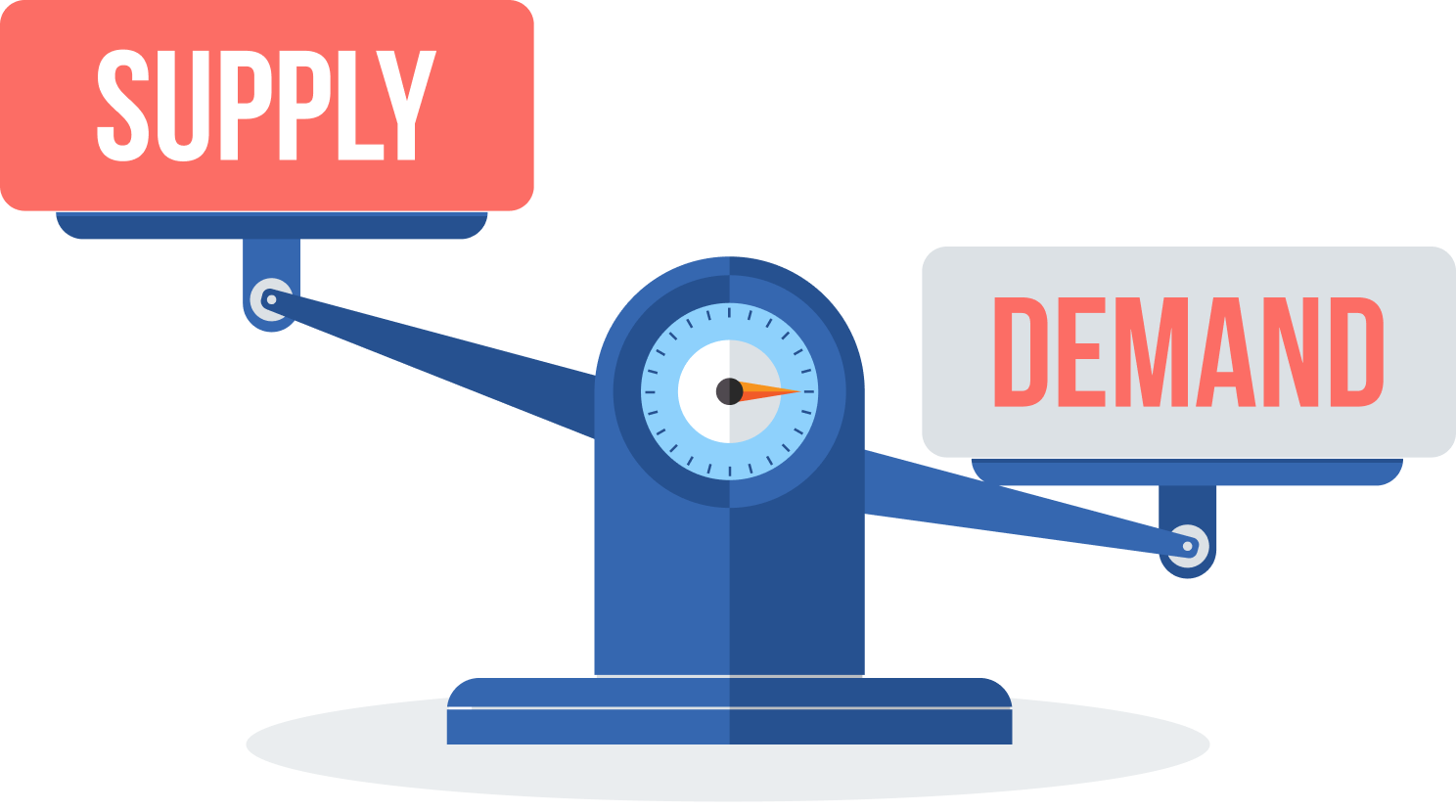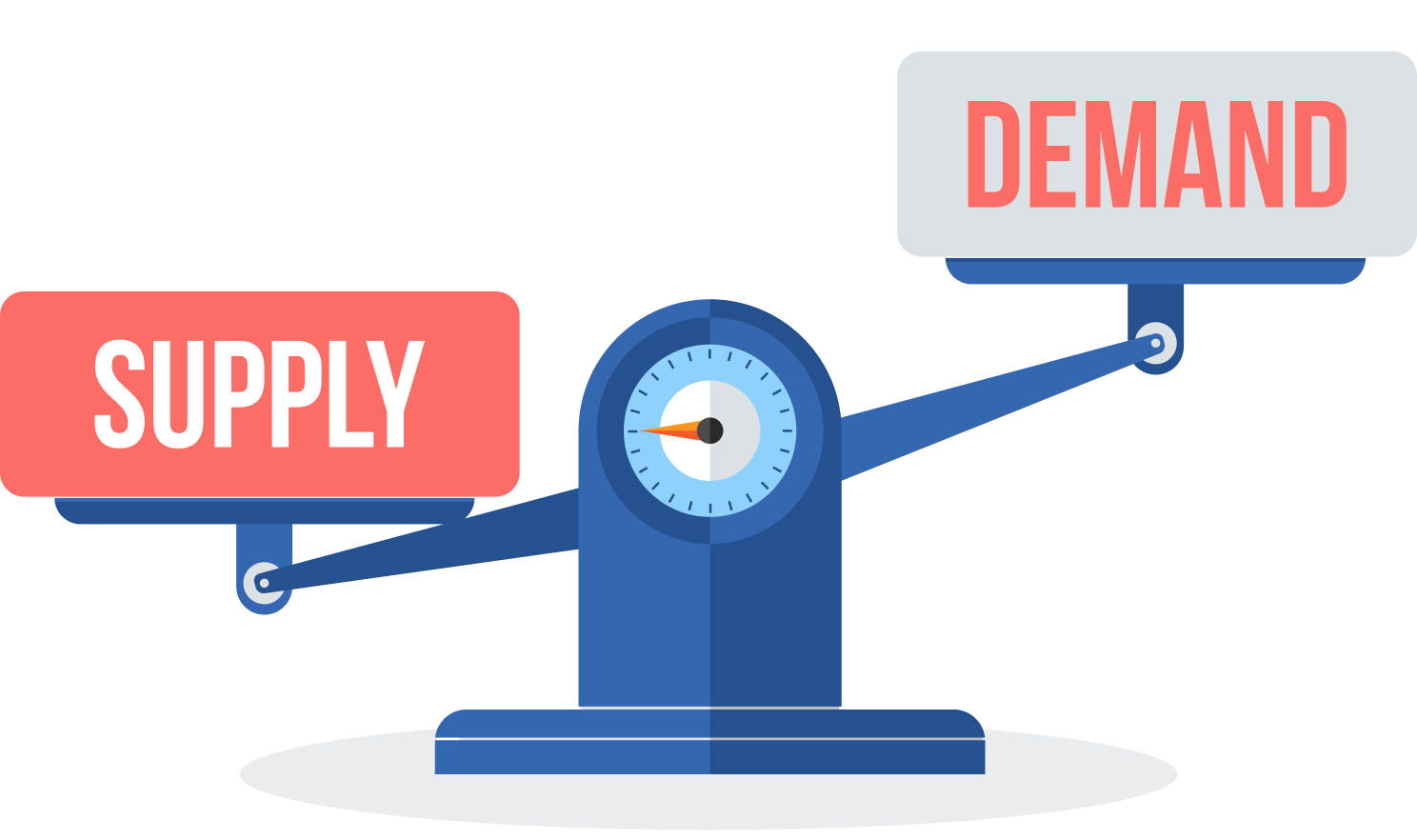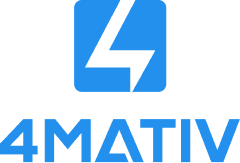How Supply and Demand are Misaligned
Framing the Core Challenges
Over the past twenty years, school systems have been moving from a “one-size-fits-all” approach to a more learner-centric model; however, innovation in school transportation has not kept pace. Current K-12 transportation options are limited to a fixed set of high-cost transportation vendors and modes that are inflexible and burdensome to schools and families. Incentives are misaligned between school systems and transportation providers.
As a result, even where policy supports unbundling, school choice, and personalization, transportation is a major barrier for students and families to access high-quality learning opportunities. Never before has the need been greater to reimagine student transportation as an equitable and adaptable ecosystem of options that meet the needs of every student and family.
Key to reimagining student mobility is addressing the ways driver shortages, new initiatives in school choice, unbundled opportunities, and specialized needs have misaligned supply and demand.
Driver shortages are only half the picture; expanded choice, unbundled opportunities, and specialized needs must also be addressed.

Driver Shortages, Lack of Options, and Increased Costs Pressure Districts to Adapt
A shortage of drivers continues to be a challenge across the country. In a recent HopSkipDrive survey, 88 percent of respondents reported that driver shortages have constrained school transportation operations. Nearly 30 percent of respondents labeled those constraints as “severe” (1). Part of the cause for this shortage comes from the flexible gig economy and other well paying driver alternatives, where drivers can earn money working for Lyft, Uber, or Amazon. But public transit jobs also tend to pay better, which siphons drivers away from district jobs. Drivers willing to work part-time, split shift, seasonal jobs driving a school bus – an offering that pre-COVID was also frequently taken by retirees – are now hard to find. In markets without a history of outsourcing to private vendors, acute driver shortages leave schools in need of service with a lack of backup options.
To increase the attractiveness of these jobs, districts and private school bus vendors are raising their wages and offering signing bonus, holiday pay, and hours guarantees. Other initiatives include train-to-hire programs with paid training and job sharing with other positions to fill out a full time schedule.
Exacerbating supply dynamics are dramatic increases in the cost and availability of other key inputs. Diesel fuel shot up in price over 50 percent in SY21-22 compared to the prior year (2). There are also widespread shortages of semiconductor chips, lumber, steel, axles, transmissions, windshields, tires, and foam for bus seats (3). Yellow bus order backlogs are at record highs (4).

More Choice, Unbundled Opportunities, and Specialized Needs Require New Solutions
The dynamics of the modern educational landscape has placed different and increased demands on student mobility.
The unbundling of K-12 educational programming and services has led to the proliferation of school choice, magnet schools, charter schools, dual enrollment, virtual schools, course choice, micro-schools, home schooling, and scholarships and vouchers to help families pay for private schools. Publicly-funded Education Scholarship Accounts (ESAs) are accelerating the unbundling of public education services by enabling families to purchase customized instructional products and services (5). And all schools could unbundle the role of the teacher to better meet student needs. The nearly 1 million students participating in formal learning pods during the pandemic demonstrates family interest in more flexible and customizable learning environments (6). All of these require student mobility to adapt to a dynamic landscape. Unfortunately, these choices and options are not real for families without means to transport their own students – and that’s increasingly the only option where school-provided systems cannot flex sufficiently to provide access to non-traditional programming.
In addition, over the last decade, schools have seen an increase in students with IEPs that require special transportation services—such as door-to-door service, bus aides, special harnesses, and other accommodations (7). These services require additional training, an increase in the number of specialized vehicles and equipment, more complex routing, and increased personnel.
Finally, incidence of students experiencing homelessness, housing instability, and high rates of mobility is on the rise and this was exacerbated by income instability during the pandemic. In SY18-19, 1.4 million students were reported as homeless by districts in the U.S. The McKinney-Vento Act requires districts to transport students experiencing homelessness so they can retain their home school of residence. This often means long-distance trips out of typical route zones and so requires specialized services. Often these students’ circumstances also require other “high touch” add-ons to service, like phone calls, texts, or on-demand backup services or address changes (8).
